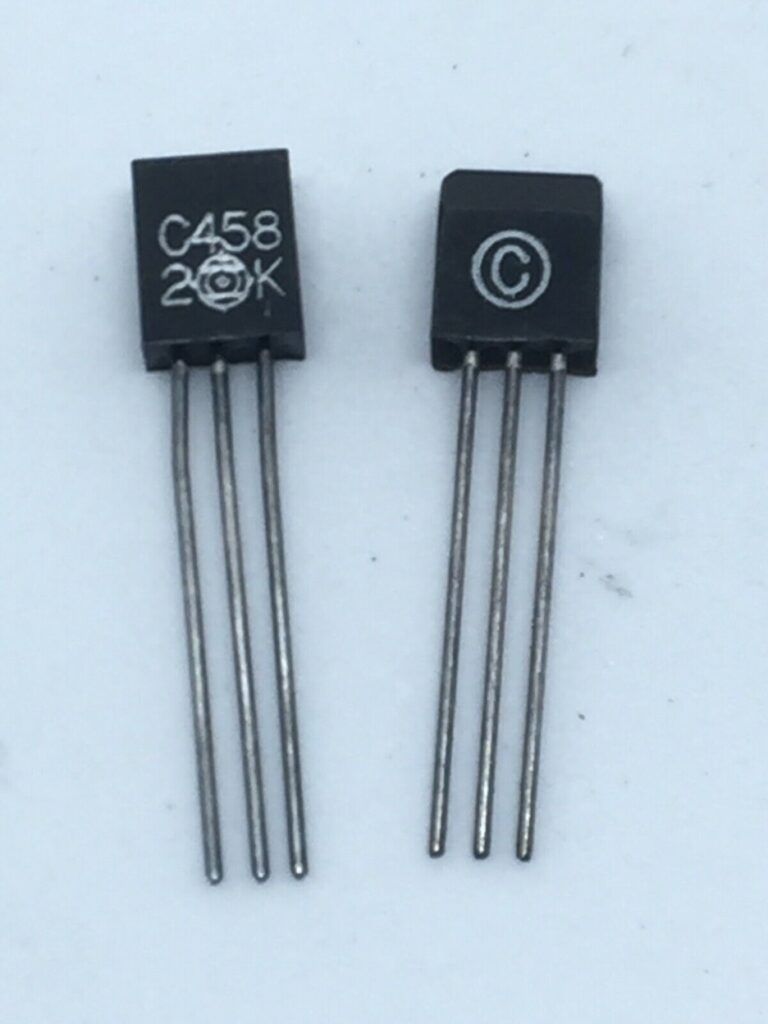Models with 3 or 4 numbers, with no prefix, or the X series. These are the early versions of Akai decks, some dating back to the late 1950s, but most are from the mid 1960s to about 1972. These decks have steel heads compared to the later GX series with the glass heads. A number of these early Akais were used a lot, and as a result, they have worn heads. Certain models with the Crossfield head design used unique heads, and heads from other models won’t fit the machines (the A-1810 comes to mind). Heads for most models of reel to reels are now hard to find in good condition.
Other typical problems specific to Akai:
– Bad 2SC458 transistors. A known problem in many Akais, these Hitachi transistors go intermittent or noisy over time. Mandatory replacement is required to keep these Akais running.

– Bad LD3141 chips. These were simple amplifier chips made by Sanyo, and they have a bad reputation for going dead or very noisy. They are long discontinued, although sometimes you can find them on ebay as new old stock. There’s a company or two making modern day clones for around $35 USD on ebay. I believe they are based out of the UK.

– Bad cams. On the Akai transport with two levers, one for play/record and one for fast wind (a bunch of Akais used this design), the cams directly behind these function levers are made of potted metal, and over time these can crack. This will cause the mechanism to lock up, to be locked out of functions, or the unit will not lock into one transport mode. Aftermarket 3D printed kits are available on eBay for around $80-90 USD (as of March 2023), which aren’t too difficult to install, and restores all transport functions.

